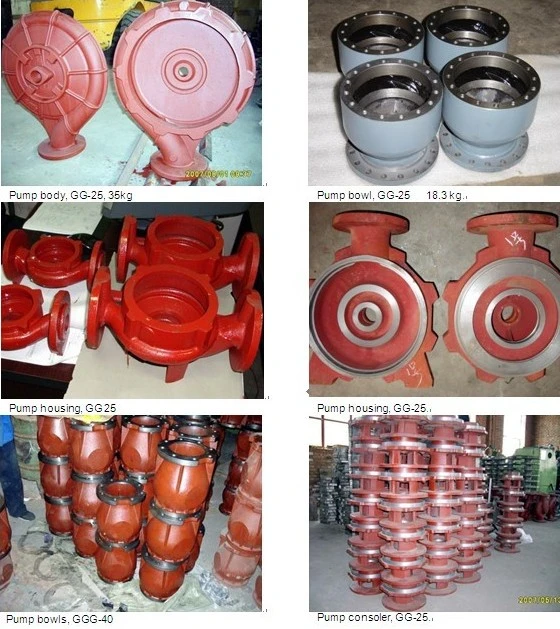Mobile:+86-311-808-126-83
Email:info@ydcastings.com
aluminum pressure die casting
Aluminum Pressure Die Casting An Insight into the Process and Benefits
Aluminum pressure die casting is a highly efficient manufacturing process used to create precise and complex components for various industries, including automotive, aerospace, and electronics. This casting technique offers several advantages, making it a popular choice for manufacturers looking to produce high-quality parts with good dimensional accuracy. In this article, we will explore the die casting process, its benefits, applications, and considerations for manufacturers.
Understanding the Process
The pressure die casting process involves injecting molten aluminum into a steel mold, known as a die, under high pressure. This process begins with the preparation of the die, which is designed to create the desired shape and features of the final product. The die is then heated, and molten aluminum is poured into the mold through a system of channels. Once the die is filled, pressure is applied, ensuring that the molten metal fills every cavity and detail of the mold. After the aluminum cools and solidifies, the die is opened, and the finished part is ejected.
This method allows for rapid production rates and excellent surface finishes, making it suitable for mass production. The cycle time for each component can be as short as a few seconds, significantly increasing efficiency compared to other casting methods.
Advantages of Aluminum Pressure Die Casting
1. Precision and Detail One of the key benefits of aluminum pressure die casting is the ability to produce intricate shapes with high dimensional accuracy. This level of precision is crucial for components that require tight tolerances, such as those in the automotive or aerospace sectors.
2. Surface Finish Aluminum die castings often require minimal machining, reducing labor costs and time. The process yields smooth surfaces and can achieve fine details, which is essential for aesthetic components and functional parts alike.
aluminum pressure die casting

3. Material Efficiency The pressure die casting process significantly minimizes waste. The process allows for the recycling of excess metal, enhancing material efficiency and reducing costs.
4. Strength and Durability Aluminum castings are known for their strength-to-weight ratio. The resulting parts can withstand robust conditions while remaining lighter than components made from other materials, such as steel, making them ideal for applications where weight reduction is critical.
5. Rapid Production With shorter cycle times and the ability to produce large quantities of parts simultaneously, manufacturers can respond quickly to market demands and reduce lead times.
Applications
Aluminum pressure die casting is utilized across various industries. In the automotive sector, it is used for producing engine blocks, transmission cases, and housing for electrical components. The aerospace industry relies on aluminum die castings for parts that need both strength and lightness, such as structural components and brackets. Additionally, in consumer electronics, it is often used for producing enclosures and frames that require complex geometries and a premium aesthetic finish.
Considerations for Manufacturers
While aluminum pressure die casting offers numerous advantages, it is essential for manufacturers to consider several factors. The initial investment in dies can be high, making it more suitable for high-volume production runs. Designers also need to consider the flow of molten metal to ensure uniform filling of the die, and design features such as draft angles to facilitate mold release.
In conclusion, aluminum pressure die casting is a versatile and efficient manufacturing process that provides manufacturers with the ability to create high-quality components quickly and economically. As technology advances and industries evolve, the demand for aluminum die casting is expected to grow, driven by its unique benefits and the increasing need for lightweight, strong, and precise components. By understanding the intricacies of this process, manufacturers can leverage its advantages to stay ahead in a competitive marketplace.
-
Why Should You Invest in Superior Pump Castings for Your Equipment?NewsJun.09,2025
-
Unlock Performance Potential with Stainless Impellers and Aluminum End CapsNewsJun.09,2025
-
Revolutionize Your Machinery with Superior Cast Iron and Aluminum ComponentsNewsJun.09,2025
-
Revolutionize Fluid Dynamics with Premium Pump ComponentsNewsJun.09,2025
-
Optimizing Industrial Systems with Essential Valve ComponentsNewsJun.09,2025
-
Elevate Grid Efficiency with High-Precision Power CastingsNewsJun.09,2025











